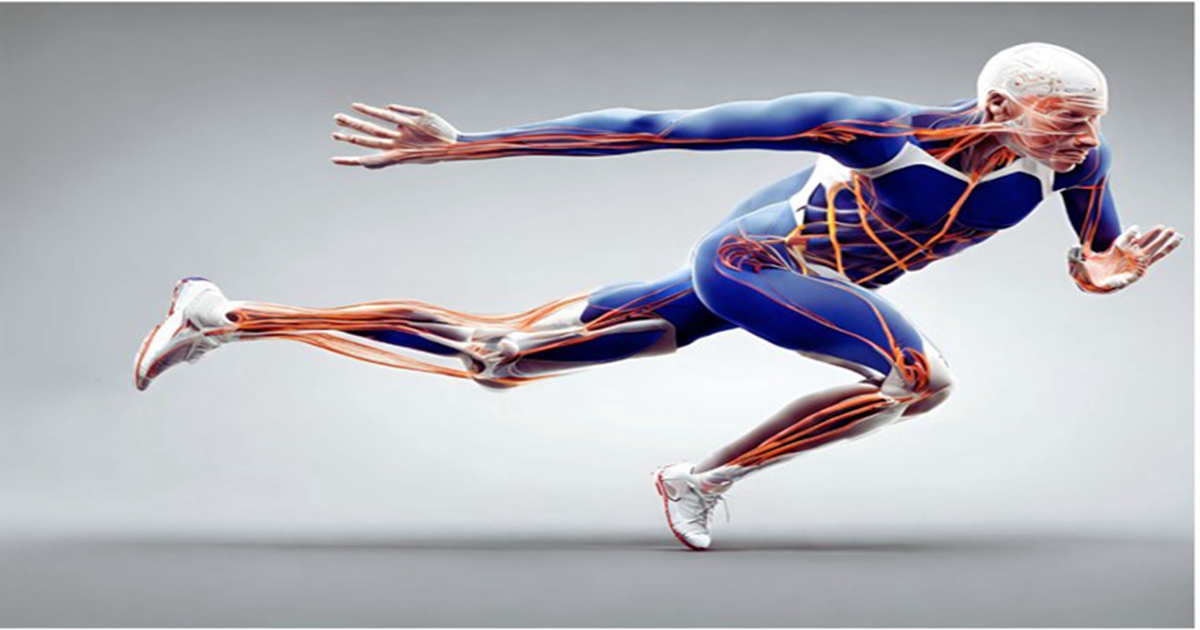Advances in the Biomechanics of Sports
A special issue of Applied Sciences (ISSN 2076-3417). This special issue belongs to the section "Applied Biosciences and Bioengineering".
Deadline for manuscript submissions: 30 April 2024 | Viewed by 395

Special Issue Editor
Interests: biomechanical risk factors and mechanisms of sports and exercise injury; kinetic quantification of plyometric and other resistance exercise; neuromuscular responses and adaptations to resistance training; biomechanics teaching pedagogy
Special Issue Information
Dear Colleagues,
You are invited to submit a paper to this Special Issue on advances in the biomechanics of sports.
Sports and performance coaches, athletes, and medical personnel, such as athletic trainers and sports medicine physicians, increasingly rely on evidence-based information to inform their practice. Biomechanics is at the forefront of sports science and sports medicine research. Biomechanical principles can inform about and lead to preferential sporting techniques, improved training methods, better rehabilitation programs, safer equipment, and advancements in medical procedures.
In this Special Issue, submissions of contemporary research related to all aspects of sports biomechanics are invited. Possible topic areas broadly include the biomechanics of sports performance, strength and conditioning, and sports injury. Both experimental studies and review papers, including critically appraised topics, are welcome. We look forward to receiving your submissions.
With best regards,
Dr. Brian Wallace
Guest Editor
Manuscript Submission Information
Manuscripts should be submitted online at www.mdpi.com by registering and logging in to this website. Once you are registered, click here to go to the submission form. Manuscripts can be submitted until the deadline. All submissions that pass pre-check are peer-reviewed. Accepted papers will be published continuously in the journal (as soon as accepted) and will be listed together on the special issue website. Research articles, review articles as well as short communications are invited. For planned papers, a title and short abstract (about 100 words) can be sent to the Editorial Office for announcement on this website.
Submitted manuscripts should not have been published previously, nor be under consideration for publication elsewhere (except conference proceedings papers). All manuscripts are thoroughly refereed through a single-blind peer-review process. A guide for authors and other relevant information for submission of manuscripts is available on the Instructions for Authors page. Applied Sciences is an international peer-reviewed open access semimonthly journal published by MDPI.
Please visit the Instructions for Authors page before submitting a manuscript. The Article Processing Charge (APC) for publication in this open access journal is 2400 CHF (Swiss Francs). Submitted papers should be well formatted and use good English. Authors may use MDPI's English editing service prior to publication or during author revisions.
Keywords
- injury
- rehabilitation
- sports training
- brain injury
- strength and conditioning
- performance
Planned Papers
The below list represents only planned manuscripts. Some of these manuscripts have not been received by the Editorial Office yet. Papers submitted to MDPI journals are subject to peer-review.
Title: EVOLUTION OF CORE STABILITY, ATHLETIC PERFORMANCE AND ACL INJURY RISK DURING A SOCCER SEASON
Author: Mornieux
Highlights: The aim of the study was to determine the evolution of Core Stability,
athletic performance and ACL injury risk of young high-level soccer
players at 4 key moments of the season:
pre-season, start of the season, mid-season and end of the season.
Core Stability score increased until mid-season, while ACL injury risk
score (measured during a change of direction) decreased. These results
are in line with the literature which demonstrated that high level of
Core Stability is link to a low injury risk. Regarding performance,
few significant differences were found. Surprisingly, athletic
performance (i.e. jumping height and shooting speed) was probably not
trained enough to be improved at any time of the season.





